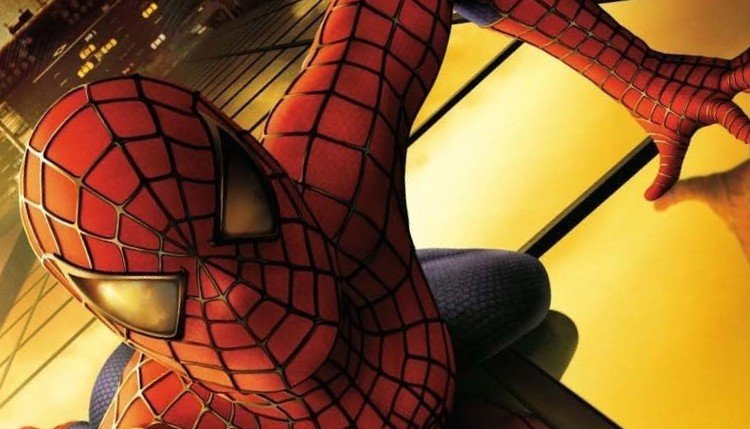Franchise Rewind: Spiderman (2002) Spiderman 2 (2004) Spiderman 3 (2007)
Spider-Man, 2002 (Tobey Maguire) Columbia Pictures/Sony Pictures Releasing
Spider-Man 2, 2004 (Kirsten Dunst) Columbia Pictures/Sony Pictures Releasing
Spider-Man 3, 2007 (James Franco) Columbia Pictures/Sony Pictures Releasing
“Remember, with great power comes great responsibility.”
In 2000, 20th Century Fox released the first movie in what would become the X-Men franchise. The movies, while not the box office powerhouses of the later Marvel Cinematic Universe, were enormously successful. The franchise lasted up until 2020 when it fizzled out with The New Mutants. The X-Men represented an important change for Marvel Entertainment when it showed that adaptations of their comic books could be as profitable as Detective Comics and their Batman and Superman franchises.
After selling off the Spider-Man rights to Cannon to stave off bankruptcy, the X-Men’s success enabled Marvel to reacquire the reverted rights when Cannon went bankrupt in 1998. Marvel (somewhat naively) sold their rights to Sony and Columbia pictures for $7 million. Can you imagine? The Spiderman project swapped hands (among them Tony Scott, David Fincher, Jan de Bont, and M. Night Shyamalan) over the decades, the most famous of them belonging to James Cameron who wanted to make a three-hour epic. This was shortly after he had completed True Lies.
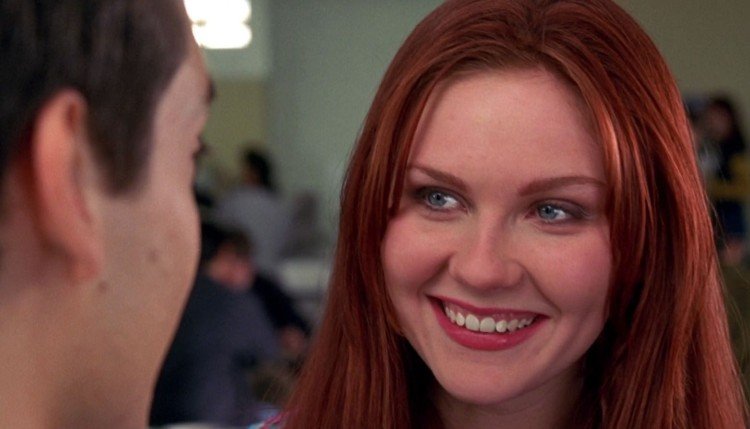
Much of Cameron’s early story ideas found their way into David Koepp’s script, and Sam Raimi was chosen to direct this first Spider-Man. Raimi is a filmmaker I deeply respect. He came out of nowhere, with no credentials, and no powerful allies to craft a “homemade” horror movie called The Evil Dead. After a decade of ups and down, and bumps and bruises, the Royal Oak native would make the third movie in that trilogy: Army of Darkness, and then eventually the cult western The Quick and the Dead with Sharon Stone and Leonard DiCaprio in 1995.
A Simple Plan in 1996 would earn Raimi the critical accolades he hadn’t received from his early work. Raimi’s brief honeymoon period as a “serious artist” would end with Spiderman. Tobey Maguire plays Peter Parker; at first, a high school student in love with Mary Jane “MJ” Watson (Kirsten Dunst) and best friends with Harry Osborn (James Franco). On a field trip to Columbia University, Parker is bitten by a radioactive spider which causes him to manifest strange new powers, including but not limited to shooting organic webs out of his wrists, super strength, and the ability to climb walls.
This is a great origin story. Spider-Man was always my favorite Marvel superhero because it’s almost like a curse (like becoming a werewolf) what happens to Peter, and most of the time he can’t control what is happening either to him or how he negotiates other people. While Peter struggles with his new powers, Harry’s father, Norman (Willem Dafoe), in the midst of developing new military hovercraft technology, takes untested performance-enhancing chemicals and goes crazy, turning himself into the Green Goblin.
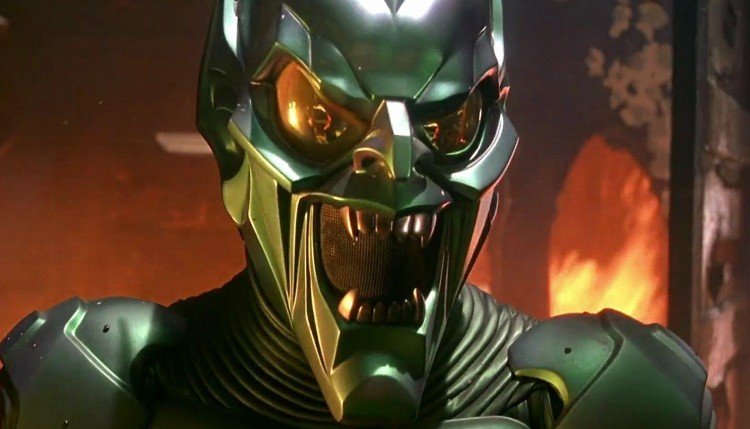
Like Batman, we have the birth of a superhero and a supervillain occurring at the same time, and one feeds the other. In this case, the Green Goblin hates Spider-Man, while Norman mentors Peter and frankly wishes he was his son rather than Harry, whom he regards as a failure. Norman’s not the greatest dad in the universe, and Peter, having lost his parents early on, has no father figure in his life. This is something I enjoy. I love seeing a young man (even though Maguire was 27 at the time of shooting) growing up, dealing with body changes as well as turning into a spider.
He also has a fair share of heartache. His Uncle Ben (Cliff Robertson) dies after a carjacking. The girl he loves goes out with his best friend. He has no money. He lives in the cruelest (yet most wonderful) city in the world. There’s a lot working against our friendly neighborhood spiderman. This is something we don’t see any more in our superhero movies. We also don’t see the vacuous, self-centered, overly feminine love interest in “MJ.” I found her refreshing after the umpteenth “perfect” Mary Sue, strong, “stunning and brave” female character in movies of late.
Here she has an abusive stepdad and two male friends that dote on her and treat her like an object. She’s not particularly inspired. She wants to be either an actress or a model, or both. When Norman goes full-blown psycho, he abducts “MJ” and Spider-Man must fight him. The Green Goblin is hoisted by own petard and is pretty much sliced in half by his hover-board. Harry swears vengeance on Spider-Man (not knowing his very best friend is Spider-Man)—even though his father did it to himself. This is a fun, silly movie that doesn’t take itself too seriously.
“Kind of makes you mad not to know who you are? Your soul disappears, nothing is bad as uncertainty. Listen, maybe you’re not supposed to be Spider-Man climbing those walls? That’s why you keep falling. You’ll always have a choice, Peter.”
Two schools of thought are at play with regard to criticism of Spider-Man 2. One idea is that there’s simply too much happening in the movie to keep up or pay attention. The movie is a jumbled mess of ideas, most of them great. The other idea is that Spider-Man 2 is the best movie of the trilogy, but even those who think it’s the best movie would still agree there’s too much happening. I don’t know how I feel, frankly. I love the origin story. Origin stories are always the strongest kind of storytelling for me.

I love to see when Bruce Wayne becomes “The Bat,” or when Norman Bates went nuts and started trying on his mother’s dresses. I even enjoyed watching Anakin Skywalker become Darth Vader. When we venture into sequel territory, the superheroes become less interesting because we know who they are, and we know why they became heroes (Batman suffers the most from this), so the anticipation and enthusiasm for another sequel is based on what we expect to see with the latest supervillain—Doctor Octopus (Alfred Molina) in this case.
Sequels are the origin stories of supervillains. Spider-Man 2 tries to do something different, and for that, it gets huge points. We started off with Peter Parker (Tobey Maguire) bitten by a radioactive spider and manifesting powers. For this movie, we explore the complicated life of a young man who has problems controlling his powers and wanting to be normal. Maybe it’s a growth spurt, but nothing seems to work. Director Sam Raimi manages to make Parker the center of the drama, and Maguire is interesting enough to project the conflict and inner turmoil of a kid with superpowers.
In the soap opera subplot, “MJ” (Kirsten Dunst) is engaged to perfect male specimen #10, astronaut John Jameson (Daniel Gillies), son of J. Jonah Jameson (J.K. Simmons), who exists merely to make Peter look like a dork (although he doesn’t need any help with that). Harry Osborn (James Franco) becomes CEO of his dead father’s company and funds Dr. Otto Octavius’ fusion research, which evidently requires the use of robotic tentacle-like arms that jut out of a device on Octavius’ back.
At a failed demonstration, Octavius’ wife (Donna Murphy) dies when the fusion reactor goes critical and explodes. Octavius goes mad (like you do) and his tentacles become sentient. Harry has been harboring vengeful thoughts toward Spider-Man and he seeks Dr. Octopus’ help in killing him. Doesn’t it seem that all (or most) of Peter’s problems stem from his relationships? I mean, maybe supervillains have it in for Spidey, but Peter is an anonymous cog; almost forgotten and always ignored. When he struts around in the middle of the movie, girls find him oddly amusing but then they walk away.
Later, Dr. Octopus makes it impossible for Parker to enjoy his early retirement. The movie’s best scene is the best scene of this entire franchise. Spider-Man and Dr. Octopus fight on a moving elevated train and Spider-Man must use his webs to slow the train down before it plummets into the river. He’s almost torn apart, and his mask comes off, but he saves the train and the passengers. It almost kills him. The passengers lift him up and remove him from the train, while one of them marvels at him, saying, “He’s just a kid.”
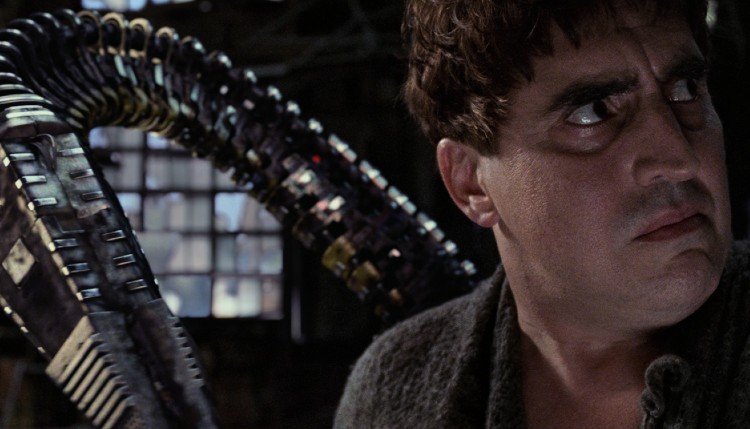
This is an incredible moment, and it brings down the barrier between the hero and the spectator. It makes the passengers heroes when they rescue Peter after he had just rescued them. That’s what I remember most about this movie. Harry finally gets a clue and discovers Spider-Man is his best friend, Peter Parker. The vacuous “MJ” doesn’t marry her “beau-hunk,” and Jameson is still a tightwad who refuses to pay Parker anything over a hundred bucks for his pictures of Spider-Man. So yeah, a lot happens in Spider-Man 2, but by virtue of that train set piece, it’s the best movie in the franchise.
“It’s a funny feeling, not knowing who you are. I get a bump on the head and I’m free as a bird.”
Soap Opera takes center stage in Spider-Man 3, Sam Raimi’s final movie in the original trilogy starring Tobey Maguire, Kirsten Dunst, and James Franco. This is a bizarre love triangle made up of sharp corners of “hatred” and annoyance. Harry and Peter still love “MJ,” but Harry is filled with hate for his former best friend, Peter, upon discovering that Peter and Spidey are one and the same. He blames Peter for the death of his father, even though (as I stated) it was Norman’s own petard upon which he was hoisted.
That doesn’t stop Norman (Willem Dafoe) from appearing as a ghost, or schizophrenic embodiment, and taunting his son. Harry makes what looks like a hovering skateboard (a really cool idea) and sets about on his quest for revenge. It doesn’t go well and Harry is injured and scarred, and he also acquires a bit of short-term amnesia. Thankfully, he’s forgotten his hostility and tries to live a normal life for a time, making omelets with “MJ.” I like these little scenes.
Superheroes don’t get days off or sick leave, so Spidey must do battle with two other foes: the Sandman (Thomas Haden Church) and … drum roll … himself! One night, Peter and “MJ” were stargazing when they saw a shooting star (or meteorite) collide with the dirt in Central Park. A mysterious black ooze comes from the meteorite and finds Peter, bonding with his skin, and creating the alter-ego, Venom. I love this development. Once again, it keeps Peter in the center of the story.

Venom makes Peter not necessarily evil, but indifferent and vicious. Meanwhile, “MJ” becomes jealous of Peter/Spider-Man’s attentions toward Gwen Stacy (Bryce Dallas Howard). Daily Bugle photographer Eddie Brock (Topher Grace) is scandalized after Peter exposes his pictures as fakes. Later, the meteor-goo finds Eddie and turns him into Venom. “MJ’s” career as an actress stalls, so she gets a job as a singing waitress. I’ve never seen a singing waitress—how can you do both? “Can I start you off with some drinks? I get no kick from champagne…” Really? Can you do that?
Okay, I haven’t even started with the Sandman. Remember when Uncle Ben was carjacked and shot. It turns out it was Flint Marko from the first movie. Not the Flint Marko with the bleached hair, but Thomas Haden Church (basically retconned into the scene with Cliff Robertson). Flint has a wife (Theresa Russell) and an ailing child, and he just wants money so he can find a cure for her. She must have Early Onset Child Sickness #5, or something.
Either way, it makes the Sandman a sympathetic character. Apparently, Marko (on the lam) stumbled into some kind of particle acceleration experiment with sand (like you do), and the sand bonded with him on a molecular level, and now he can control the forces of sand! Nope, not quite. Think of him as the T-1000, but he can manipulate sand and dirt rather than metal. Harry’s memory returns, and he gets angry again, but this time, his butler reminds him his Dad was a psycho and did it to himself, which is what we’ve been saying for three movies, for crying out loud.
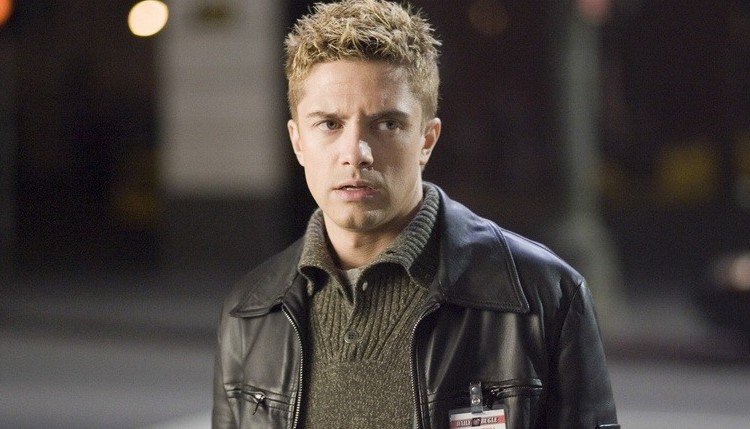
In the end, Harry saves Spider-Man’s life, costing him his own in the process. Isn’t that weird? I rewatched the three movies in quick succession, and this might’ve been the first time there was a superhero franchise trilogy that was more about the interpersonal relationships of three leads, rather than just another monster-of-the-week epic. Who knew? This one, while still great, gets a little long in the tooth. Working without a pre-ordained story this time, Raimi (with his brother and Army of Darkness co-creator, Ivan) put together an everything-but-the-kitchen-sink narrative.
I sensed with this final movie, Raimi (knowing he’d never get a blank check like this again) had an opportunity to do everything he wanted to do with the previous movies, knowing he would not be invited back for a possible Spider-Man 4. As it happened, the franchise would be rebooted five years later with Andrew Garfield. Raimi would go on to make two absolutely terrible movies, 2009’s Drag Me to Hell starring Alison Lohman, and 2013’s Oz the Great and Powerful starring James Franco. In February of 2020, Raimi replaced Scott Derrickson as director of Doctor Strange in the Multiverse of Madness.

